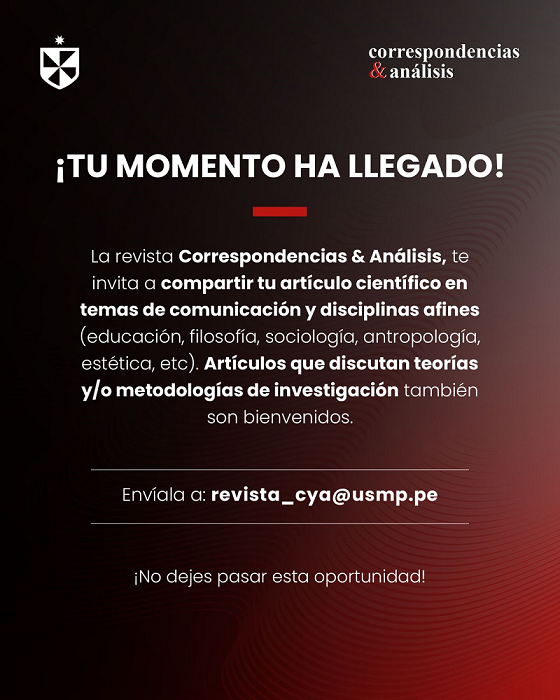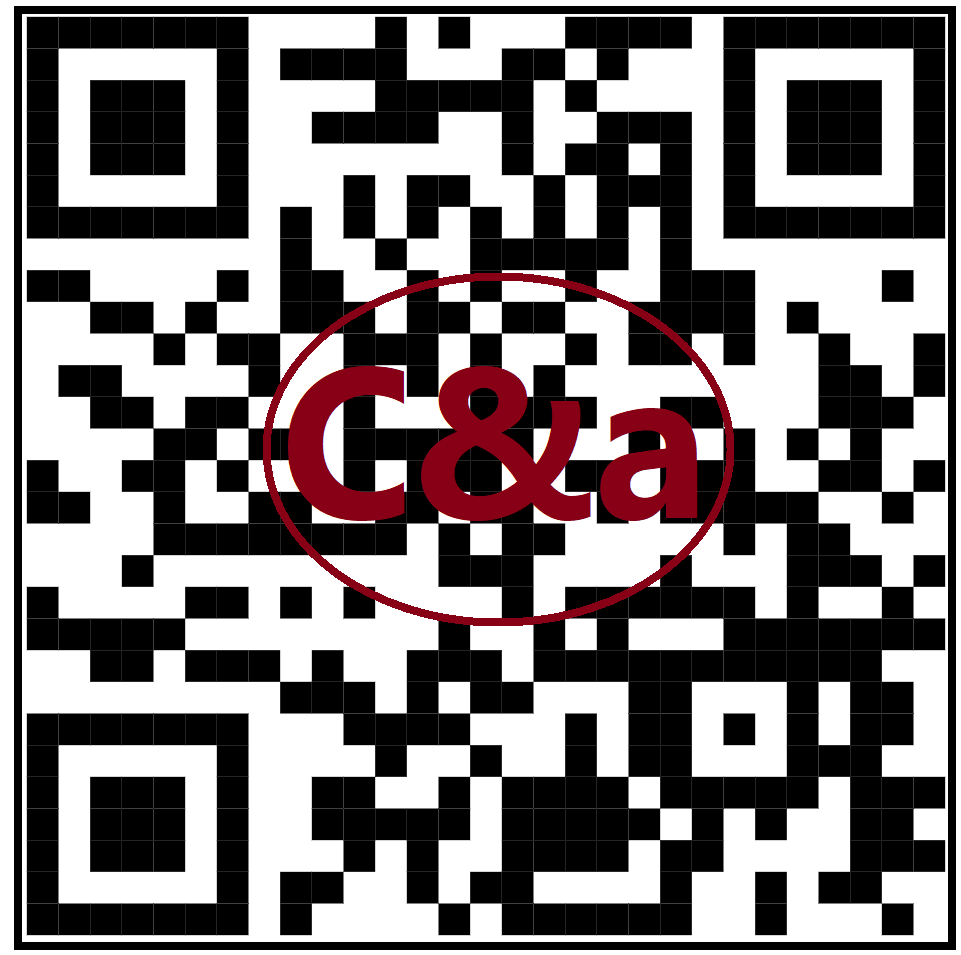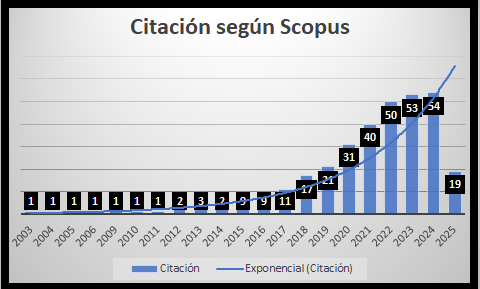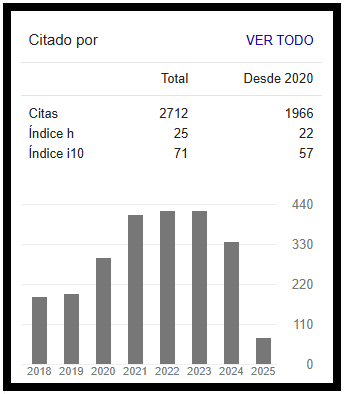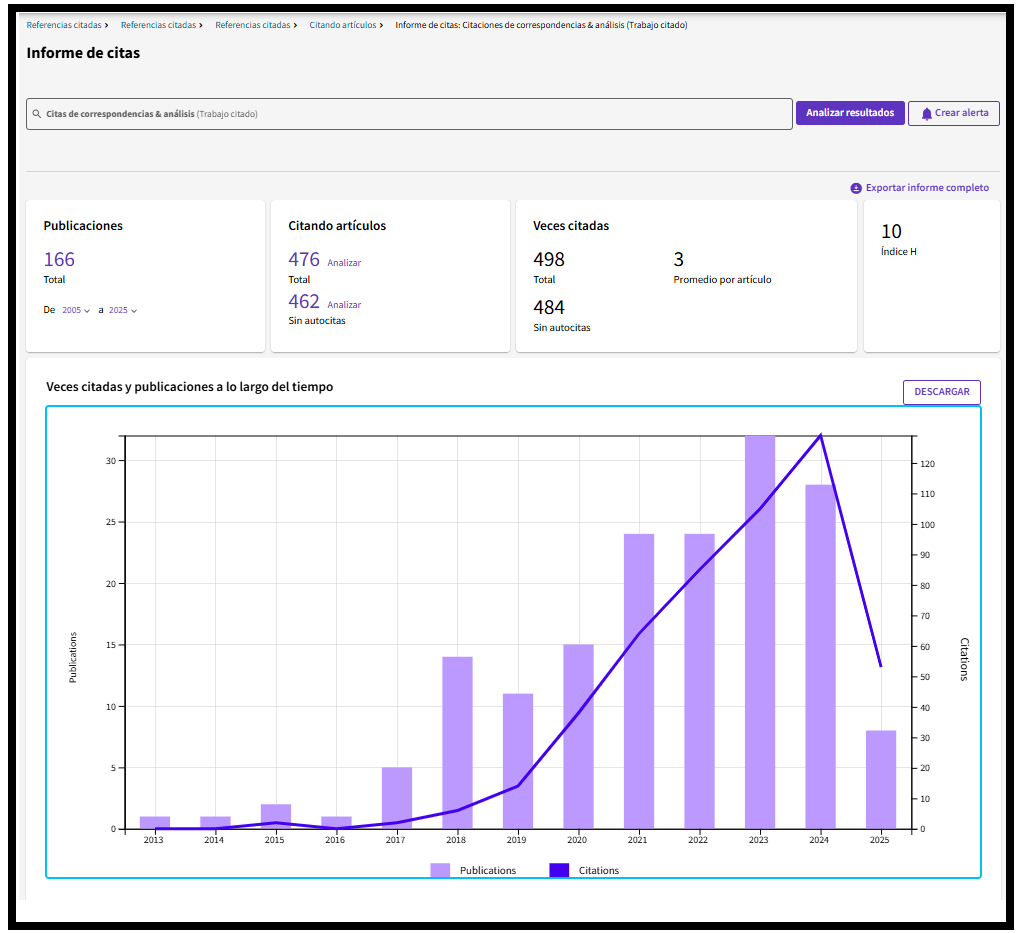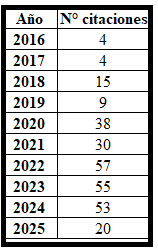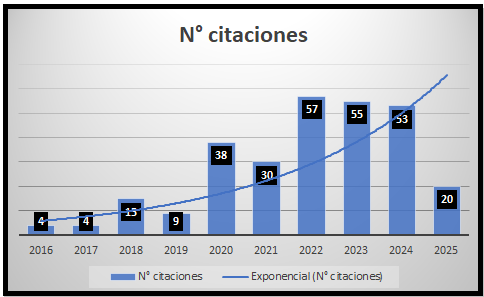Until Love Do Us Part: Counter-Narrative as a Narrative Instrument. A Theoretical Approach
DOI:
https://doi.org/10.24265/cian.2024.n19.05Keywords:
counter-narrative, negativity, narratives, emotions, antithesis, politics, democracyAbstract
The purpose of this paper is to provide a theoretical approach to the notion of political counter-narrative. Given the novelty of this narrative technique, its causes are first addressed: moral absolutism, affective polarization, informational chaos, uncertainty, and digital tribalism. Then, the counter-narrative is defined as a semantic structure that, regardless of temporality, seeks to destroy the symbolic capital of the adversary. Subsequently, its main features –reactivity, negativity, emotiveness, stereotyping, and permanence– are detailed, as are its functions –linking wills through opposition, drawing clear identity boundaries, being emotionally rewarding, and simplifying reality–. In closing, a review of the main findings is provided, and various lines of research are proposed, such as observing the resonance and application of this technique by citizens and the possibility of conducting a comparative analysis, through practical cases, between the counter-narrative and its nemesis, political narrative.
Metrics
Downloads
References
Ansolabehere, S., Iyengar, S., Simon, A., & Valentino, N. (1994). Does attack advertising demobilize the electorate? The American Political Science Review, 88, 829-838.
Auter, Z. J., & Fine, J. A. (2016). Negative campaigning in the social media age: Attack advertising on Facebook. Political Behavior, 38, 999-1020.
Baricco, A. (2023). La vía de la narración. Anagrama.
Basil, M., Schooler, C., & Reeves, B. (1991). Positive and negative political advertising: Effectiveness of advertisements and perceptions of candidates. En F. Biocca (Ed.), Television and Political Advertising, Volume 1: Psychological Processes. Lawrence Erlbaum.
Brady, W. J., Wills, J. A., Jost, J. T., Tucker, J. A., & Van Bavel, J. J. (2017). Emotion shapes the diffusion of moralized content in social networks. PNAS, 114(28), 7313-7318. https://www.pnas.org/doi/10.1073/pnas.1618923114
Breithaupt, F. (2023). El cerebro narrativo. Lo que nuestras neuronas cuentan. Sexto Piso.
Burke, K. (1969). A rhetoric of motives. University of California Press.
Capella, J., & Jamieson, H. (1997). Spiral of cynicism: The press and the public good. Oxford University Press.
Ceron, A., & d’Adda, G. (2015). E-campaigning on Twitter: The effectiveness of distributive promises and negative campaign in the 2013 Italian election. New Media and Society, 18(9), 1935-1955.
Corporación Latinobarómetro. (2021). Informe 2023. La recesión democrática en América Latina. https://www.latinobarometro.org/lat.jsp
Crigler, A., Just, M., & Belt, T. (2006). The three faces of negative campaigning: The democratic implications of attack ads, cynical news, and fear-arousing messages. En D. P. Redlawsk (Ed.), Feeling politics: Emotion in political information processing (pp. 135-163). Palgrave Macmillan.
Data Reportal. (2023, 26 de enero). Digital 2023: Global overview report. https://datareportal.com/reports/digital-2023-global-overview-report
D’Adamo, O., & García, V. (2013). Storytelling y comunicación política: el valor de un relato bien contado. En I. Crespo & J. del Rey (Eds.), Comunicación política y campañas electorales en América Latina (pp. 55-68). Biblos.
D’Adamo, O., & García, V. (2016a). Comunicación política: narración de historias, construcción de relatos políticos y persuasión. Comunicación y Hombre, 12, 33-36.
D’Adamo, O., & García, V. (2016b). Doce ingredientes para la construcción de un regato de gobierno. En E. Richard & A. González (Eds.), Manual de comunicación de gobierno (pp. 195-210). Universidad Externado de Colombia.
D’Adamo, O., García, V., & Slavinsky, G. (2005). Comunicación política y campañas electorales. Estrategias en elecciones presidenciales. Gedisa.
Dankhe, G. (1986). Investigación y comunicación. McGraw Hill.
Geer, J. (2006). In defense of negativity: Attack ads in presidential campaigns. University of Chicago Press.
Green, M., Strange, J., & Brock, T. (Eds.). (2002). Narrative impact. Social and cognitive foundations. Lawrence Erlbaum Associates.
Frimer, J. A., Brandt, M. J., Melton, Z., & Motyl, M. (2019). Extremists on the left and right use angry, negative language. Personality and Social Psychology Bulletin, 45(8), 12161231. https://doi.org/10.1177/0146167218809705
Haidt, J. (2019). La mente de los justos. Barcelona: Deusto.
Innerarity, D. (2020). Una teoría de la democracia compleja. Gobernar en el siglo XXI. Galaxia Gutenberg.
Jamieson, K., Waldman, P., & Sheer, S. (2000). Eliminate the Negative? Defining and Refining Categories of Analysis for Political Advertisements. En J. Thurber, C. Nelson & Dulio (Eds.), Crowded Airwaves. Brookings Institution Press.
Kahneman, D. (2011). Thinking, fast and slow. Farrar, Straus and Giroux.
Kahneman, D., & Tversky, A. (2000). Prospect theory: An analysis of decision under risk. En D. Kahneman & A. Tversky (Eds.), Choices, values, and frames (pp. 17-43). Cambridge University Press. https://doi.org/10.1037/0003-066X.39.4.341
Landry, A. P., Orr, R. I., & Mere, K. (2022). Dehumanization and mass violence: A study of mental state language in Nazi propaganda (1927-1945). PLoS One, 17(11), e0274957.
Laponce, J. (1981). Left and right. The topography of political perceptions. University of Toronto Press.
Llorente y Cuenca. (2022). The hidden drug. https://resources.llyc.global/es/descarga-informedroga-oculta
Machi, L., & McEvoy, B. (2009). The literature review: Six steps to success. Sage.
Malo, P. (2020). Los peligros de la moralidad. Por qué la moral es una amenaza para las sociedades del siglo XXI. Deusto.
Nai, A. (2018). Going negative, worldwide: Towards a general understanding of determinants and targets of negative campaigning. Government and Opposition, 55(3), 430-455.
Nai, A., & Seeberg, H. (2018). A series of persuasive events. Sequencing effects of negative and positive messages on party evaluations and perceptions of negativity. Journal of Marketing Communications, 24(4), 412-432.
Pinker, S. (1998). How mind works. Penguin Books.
Rizaldos, M. Á. (2017, 6 de septiembre). Estamos ‘predispuestos’ para valorar más lo negativo. HuffPost. https://www.huffingtonpost.es/entry/estamospredispuestosparavalorarmaslonegativo_es_5c8a9e64-e4b066940327e44e.html
Robertson, C. E., Pröllochs, N., Schwarzenegger, K., Pärnamets, P., Van Bavel, J. J., & Feuerriegel, S. (2023). Negativity drives online news consumption. Nature Human Behaviour, 7, 812-822.
Sarasqueta, G. (2020). Anatomía del relato político: conceptualización, funciones y piezas de una herramienta comunicacional estratégica. El caso del presidente Mauricio Macri (20152018). Revista Política y Sociedad, 57(3), 821-841.
Sarasqueta, G. (2021). Técnicas de la comunicación política ante la era de la infoxicación y la interrupción: del storytelling al storydoing. Comunicación y Hombre, 17, 73-84. https://doi.org/10.32466/eufv-cyh.2021.17.648.73-84
Sarasqueta, G. (2022). Cartografía de una épica global: el relato político del presidente José Mujica (2010-2015). Revista Internacional de Pensamiento Político, 17(1), 663-685.
Sarasqueta, G. (2023). Cuando el ruido es señal. En G. Sarasqueta (Comp.), En la nave de la ciberdemocracia. Mediatización, sesgos y polarización en la era digital (pp. 261-277). Democracia y Parlamento Futuro.
Skaperdas, S., & Grofman, B. G. (1995). Modeling negative campaigning. American Political Science Review, 89(1), 49-61.
Sloman, S., & Fernbach, P. (2017). The knowledge illusion. Riverhead Books.
Soroka, S. (2014). Negativity in democratic politics: Causes and consequences. Cambridge University Press.
Taleb, N. (2011). El cisne negro: el impacto de lo altamente improbable. Paidós.
Törnberg, P., Andersson, C., Lindgren, K., & Banisch, S. (2021). Modeling the emergence of affective polarization in the social media society. PLoS ONE, 16(10), e0258259.
Valli, C., & Nai, A. (2022). Attack politics from Albania to Zimbabwe: A large-scale comparative study on the drivers of negative campaigning. International Political Science Review, 43(5), 680-696.
Viciana, H., Hannikainen, I., & Gaitán, A. (2019). The dual nature of partisan prejudice: Morality and identity in a multiparty system. PLoS ONE, 14(7), e0219509.
Voss, C. (2004). Narrative emotionen. De Gruyter.
Wolf, M. (2018). Reader, come home: The reading brain in a digital world. Harper.
Yoon, K., Pinkleton, B. E., & Ko, W. (2005). Effects of negative political advertising on voting intention: An exploration of the roles of involvement and source credibility in the development of voter cynicism. Journal of Marketing Communications, 11(2), 95-112. https://doi.org/10.1080/1352726042000315423
Downloads
Published
Issue
Section
License
Copyright (c) 2024 Gonzalo Sarasqueta, Rocío Sétula, María Florencia Olsen

This work is licensed under a Creative Commons Attribution 4.0 International License.
In case the manuscript is approved, the authors retain the copyright and assign to the journal the right to publish, edit, reproduce, distribute, display and communicate in the country of origin and abroad by means of print and electronic media in different databases.
In order for this procedure to be recorded, the author must fill out the following formats:
Format 1 - Author data Format.
Format 2 - Affidavit on originality and authorization for the publication of articles Format.
Format 3 - Open Science Compliance.








2.png)


